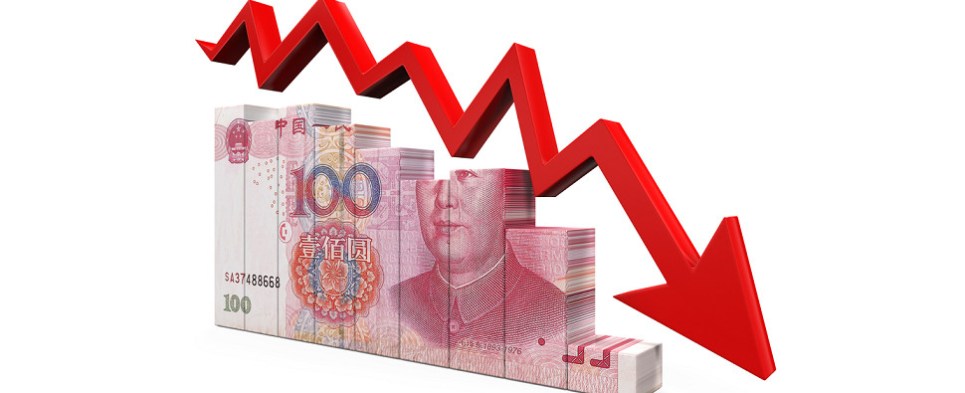RMB Value Falls—Is China Back to Currency Manipulation?
In January, the People’s Bank of China (PBOC) reduced its control over the exchange rate, removing a banking mechanism introduced last year to support the RMB’s value against the US dollar and push back against capital flight. The change signaled that Chinese policymakers had become more confident in the RMB’s trajectory after the currency’s value strengthened relative to the US dollar for the first time in four years in 2017.
However, increased economic uncertainty in China and escalating trade tensions with the United States led the RMB to depreciate 5.2 percent between March and June 2018. The RMB’s value against the dollar is now back at a level similar to where it was pegged in 2008 to 2010. The significant currency depreciation has alarmed some global investors, who fear the Chinese government is intentionally allowing its currency to weaken in order to support exports.
Chinese policymakers believe managing the RMB’s exchange rate is necessary for preventing significant depreciation and reassuring global and domestic investors about the stability of China’s economy, according to a recent report from the US-China Economic and Security Review Commission. However,
Beijing’s control over the exchange rate also presents a potential tool for responding to US trade enforcement actions. If China’s economic growth begins to slow as a result of US tariffs, Chinese policymakers could weaken the RMB, increasing demand for Chinese products abroad.
Brad Setser, a senior fellow for international economics at the Council on Foreign Relations, wrote that a 10-percent RMB depreciation will raise net exports by about 1.5 percentage points of GDP, potentially offsetting any economic slowdown from US tariffs. However, using RMB devaluations as a tool to offset the impact of trade tensions is risky because currency devaluations could spark capital outflows. If capital outflows do surge, the PBOC would likely buy RMB with its foreign reserves to artificially create demand and support the RMB’s value, much like it did in 2015 and 2016.
Chinese policymakers have pledged not to use the RMB as a tool in trade conflicts, with PBOC Governor Yi Gang saying, as reported in Bloomberg, that China will “keep the…exchange rate basically stable at reasonable and balanced level.” If Beijing wants to keep its currency’s value stable, it has the ability to do so. The PBOC maintains around $3.1 trillion in foreign reserves that it could sell off to support the RMB’s value, while China’s state banks have a net foreign asset position of over $500 billion and the China Investment Corporation (a sovereign wealth fund) has $270 billion in its foreign portfolio.





Leave a Reply